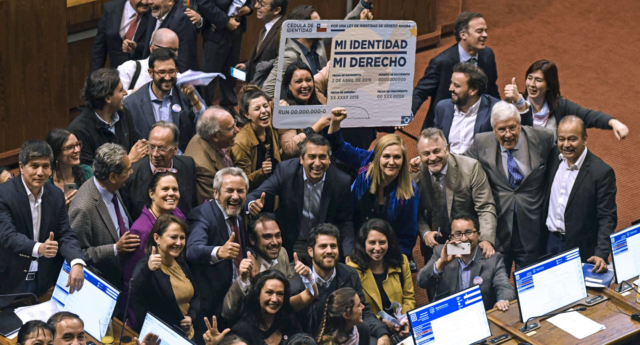1. The Impact of Digital Media and Streaming Services on the Music Industry

I was still young during the turning point of the music industry, when it began shifting away from hard copies and towards digital media. I remember when iPods were a brand new technology, and when I got one for Christmas one year. I was so amazed that so much music could be held in such a small device. At the time, you had to either own a physical copy of the CDs and download the music onto your iPod, or buy the music on iTunes. I remember me and my mom used to cheat the system a little by going to the library and checking out a bunch of albums, and then going home and downloading them all onto iTunes. But the music industry has changed again since then, as music streaming services such as Spotify, Pandora, and Apple Music began appearing. However, I've always wondered; "How are artists paid when people listen to their music on streaming services," especially when the streaming service offers some of its services for no charge. In order to better understand this occurrence, I have chosen three of my favorite songs off my Spotify to analyze. I will begin by identifying their record labels and who owns them, and then I will explore the distribution of profit throughout the whole process, from listener to artist. In these examples, I will be basing it off of the 2.50$ that I pay monthly because of my family plan.
My top favorite song of all time that I have loved for years is Ben Howards "I Forget Where We Were." It was released in August of 2014, followed by the full album "I Forget Where We Were," released in October of that year. He released it with Island Records, a Jamaican-British record label owned by Universal Music Group whose CEO is Lucian Grainge. I logged into my spotify.me, which told me that since September 4th, the day I make my monthly payment, I have listened to 1,145 minutes of music. Assuming that a month is 30 days, if I round a little I will end up with about 2,200 minutes of listening time. Songs are usually about 3 and a half minutes long, so I listen to about 629 songs per month on my Spotify. Although "I Forget Where We Were" is my all time favorite song, I don't listen to it very often so lets assume I listen to it 5 times a month. This means that .7% of the songs I listen to are "I Forget Where We Were." .7% of 2.50$ is about 2 pennies, so that song costs me 2 cents a month. Now, according to "The New Economics of the Music Industry," an article written by Steve Knopper on the new ways revenue from music is distributed, if a song is streamed 60 times, the songwriter gets 9.1 cents and the performing artist gets 38 cents or splits it with their record label. Ben Howard both writes and performs his own songs, so if "I Forget Where We Were" was streamed 60 times by me he would get 28.1 cents and the label would get 19 cents. However, since on average I stream it 5 times a month, Ben Howard gets approximately 2.34 cents from me per month, and Island Records gets about 1.6 cents from me per month.

My second favorite song is "The Medic," by Foxing. It was released November 12th, 2013 and is in the album "The Albatross." Foxing released it with Triple Crown Records, which is owned by Eastwest Records, whose CEO is Max Lousada. I would say I listen to "The Medic" maybe 7 times a month. So, out of the previously estimated 629 songs I listen to per month, making it about 1% of the songs I listen to. This means it costs me 2.5 cents a month. Going off of the breakdown explained in the previous paragraph and the fact that Foxing writes and performs their own songs, they get about 3.28 cents monthly from me, while Triple Crown Records gets around 2.22 cents.
I don't really have a third favorite song, but one song I am listening to a lot right now is "ave cesaria" by Stromae. It was released in 2013 with Universal Music Group, which is owned by Lucian Grainge. I listened to that song maybe 20 times in this past month, making it about 3% of the songs I listen to. This means I am paying 7.5 cents this month. Stromae writes and performs his own songs as well, which means he gets about 9 cents from me per month, and UMG makes about 6 cents per month.
After all these calculations, it became clear that artists do not make very much money per individual person on these streaming services, especially compared to the explanation given by Steve Knopper in the article previously mentioned that explained how the artist would get more than half of the revenue from a CD. In order for an artist to get the same amount of money from you listening with a streaming service that they would have gotten from a CD, you would have to listen to their album thousands of times. This shift towards digital media and streaming services has made it easier and cheaper for the listener to have access to more music and be able to easily make playlists and share music, but it has made it much harder for artists to receive the same revenue they would get in the era of CDs.





